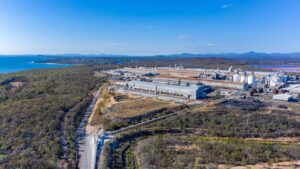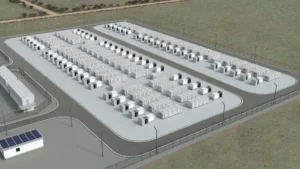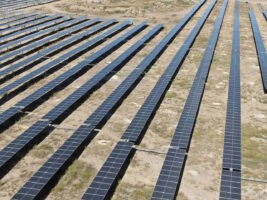Japanese researchers backed by Softbank Corp have developed a lithium-air battery they say shows some of the highest energy densities and best cycle life performances ever achieved – “significantly higher” than current mainstream lithium-ion batteries.
The National Institute for Materials Science said this week that the lithium-air batteries it had been developing using “original materials” had achieved an energy density – the measure of how much energy a battery contains in proportion to its weight – of more than 500Wh/kg.
The demand for batteries that store larger amounts of energy while weighing much less than current models is a key focus of research groups across the globe – particularly for the advancement of electric cars and planes.
In pursuit of this goal, 500Wh/kg is an important benchmark – for context, current “best-in-class” lithium-ion batteries have energy densities of 250 to 300Wh/kg, although 100Wh/kg is far more common.
In terms of chemistries, lithium-air batteries show a lot of promise for big gains in energy density, being lightweight and high capacity.
NIMS has been working on lithium-air batteries with support from the Japanese government-funding ALCA-SPRING program, with the goal of accelerating large-capacity rechargeable battery R&D.
In 2018, NIMS and Softbank co-founded the Advanced Technologies Development Center, with the aim of putting lithium-air batteries into practical use in mobile phone base stations and other technologies.
They have since combined new materials that significantly increase the performance of lithium-air batteries, developed as part of the ALCA-SPRING-supported research, with a technique to fabricate high-energy-density lithium-air cells at the Advanced Technologies Development Center.
Based on its own sruveys, the NIMS team says the resulting battery has exhibited the energy density over 500 Wh/kg, with the repeated discharge and charge reaction “notably” proceeding at room temperature.
“The energy density and cycle life performance of this battery are among the highest ever achieved,” a report from NIMS says, as published in Science Direct.
The team says from here it is working on the development of higher-performance battery materials and plans to integrate them into the lithium-air battery to greatly increase its cycle life. The team then plans to fast-track efforts to put the battery into practical use at the NIMS-SoftBank Advanced Technologies Development Center.










